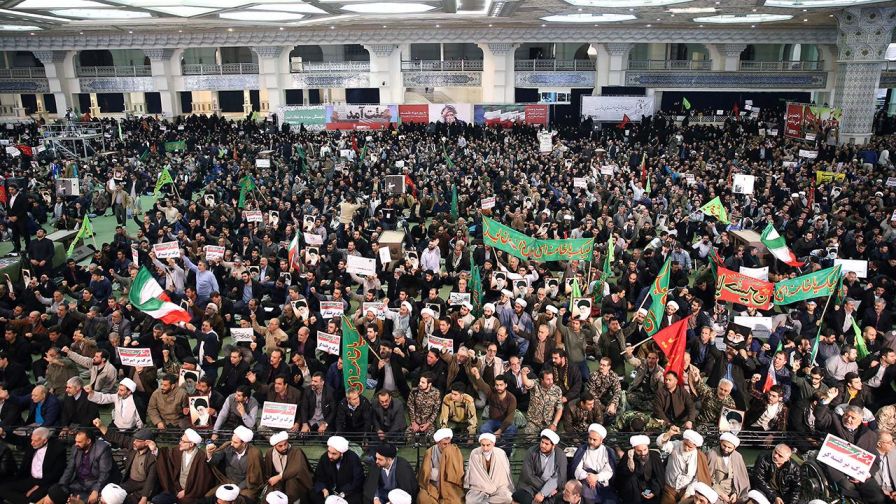
The mass protests that have engulfed Iran throughout the past month have highlighted the country’s internal problems, exposed the consequences of its foreign policy, and exhibited the West’s inability to understand Middle Eastern politics.
Thousands of disillusioned Iranians flooding into the streets of Tehran and other major cities during the Christmas period and into the new year was a surprising development to me, a Westerner largely ignorant of the internal dimensions of Middle Eastern politics. I had believed that Iran was a largely stable, theocratic government, in which an elite ruled with relative popular authority. How wrong was I. In levels of civil unrest not witnessed to this extent since 2009, where students protested a disputed election result, the country’s fundamental problems that have been exacerbated in the last few years have come to the public fore.
The consensus from those protesting and willing to give interviews to media outlets, under pseudonyms for fear of punishment, is that governmental policy direction over the past few years has angered the population, who had hoped for better after international sanctions were lifted in 2015. Cuts to aids and benefits in areas which had been recovering from natural disasters whilst foreign investment had been increased exponentially, as well as the exposure of deep inequality through social media, made many in Iran feel as if they have no other choice but to protest the political elite.
Indeed, in the last decade, Iran has expanded its already-major regional influence through its policy of “resistance economy.” This policy is based on building political alliances with fellow Shia Muslims in neighbouring countries such as Iraq, Syria, and Qatar, and attempting to help them into power; this appeared to be successful in recent Iraqi elections, as a favourable government to Iran was elected. However, the desire to support foreign political groups and defend its interests comes at a monumental financial cost, leading NATO to conclude that Iran’s “short-term gains” are “unlikely to be sustainable.” Evidently, this lack of sustainability has been picked up by the Iranian people who are tired of getting perceived second-preferential treatment in terms of budget focus by the government.
The government’s response to the protests has been as expected; brutal repression. Since the 1979 Revolution, any widespread opposition towards the leader Khamenei’s government has been cracked down upon with severe force. Thousands of arrests are made, political opponents are silenced, and counter-protests with supporters of government are promoted to highlight the strength in support the regime enjoys. As well as these elements, specific to this wave of protests, is the blame attached to the “enemies of Iran” that Khamenei believed incited the populations to revolt against the government.
Inflammatory tweets from US President Donald Trump in support of the protestors and explicitly opposing the government are certainly what Khamenei means in his rhetoric. Middle Eastern experts, such as Dagres, asserted in response to Trump, their belief that there should be no intervention from Western powers when it comes to internal Iranian politics; it could intensify the repression to appear publicly strong to the rest of the world.
The lack of awareness from the Trump administration is expected, but it is still exasperating to see a continuation of American foreign policy attitudes, which show a clear disregard for the complexities of Middle Eastern domestic politics. Certainly, this article cannot do it the justice required either, however I have no claim to being “Leader of the Free World”, nor a foreign policy expert working in US government.
How the Iranian protests will develop from now could turn out to be critical for the region. The Iranian people appear to not want a violent, bloody revolution. As stated by Sadjadapor, “in 1979, Iranians experienced a revolution without democracy, today, they aspire for a democracy without a revolution.” They want a better life, they want a better democracy, and they want to be treated better by this government, all through peaceful methods.
This, however, is looking incredibly unlikely. The brutal crackdown imposed by the government is a sign that they will not instil democracy any time soon. In addition, the government appears to have played down the significance of these protests, believing that only “15,000” turned up. Thus, as Parsa convincingly concluded, revolution, not gradual reform, will bring about what the Iranian people desire.



Average Rating